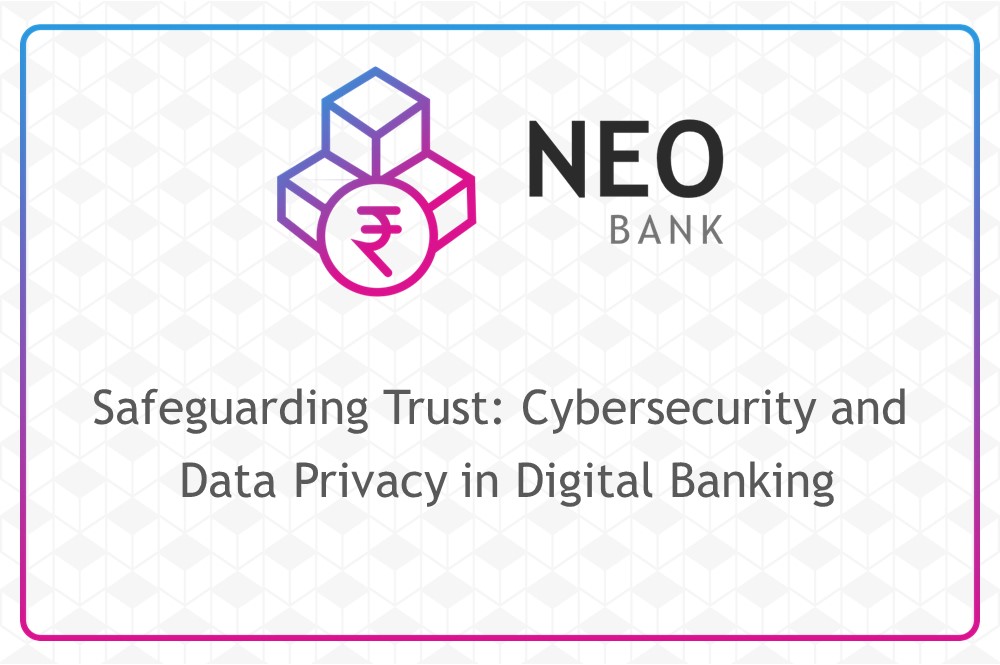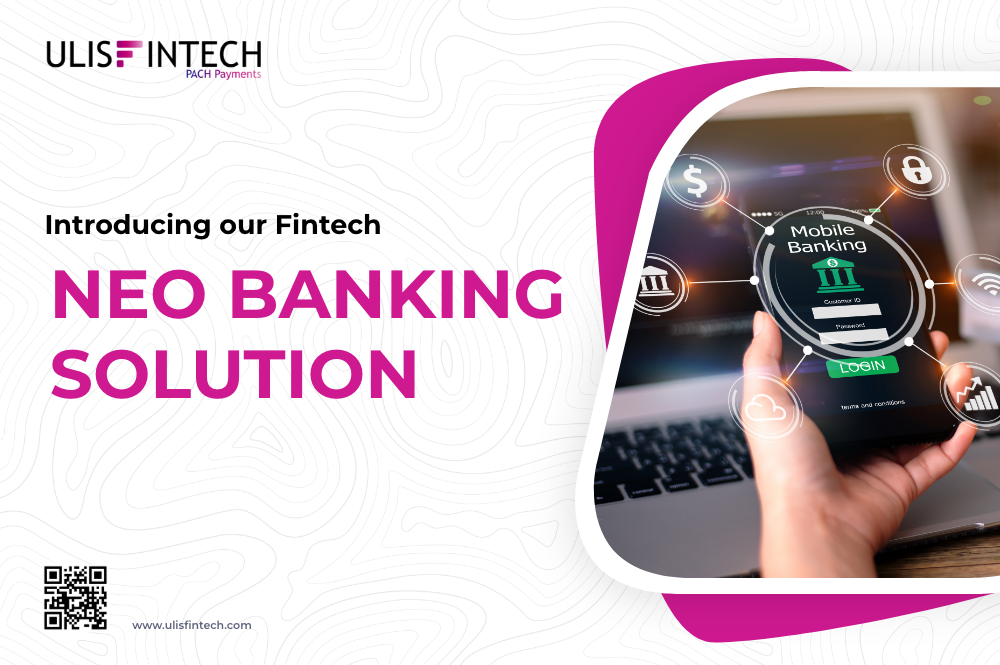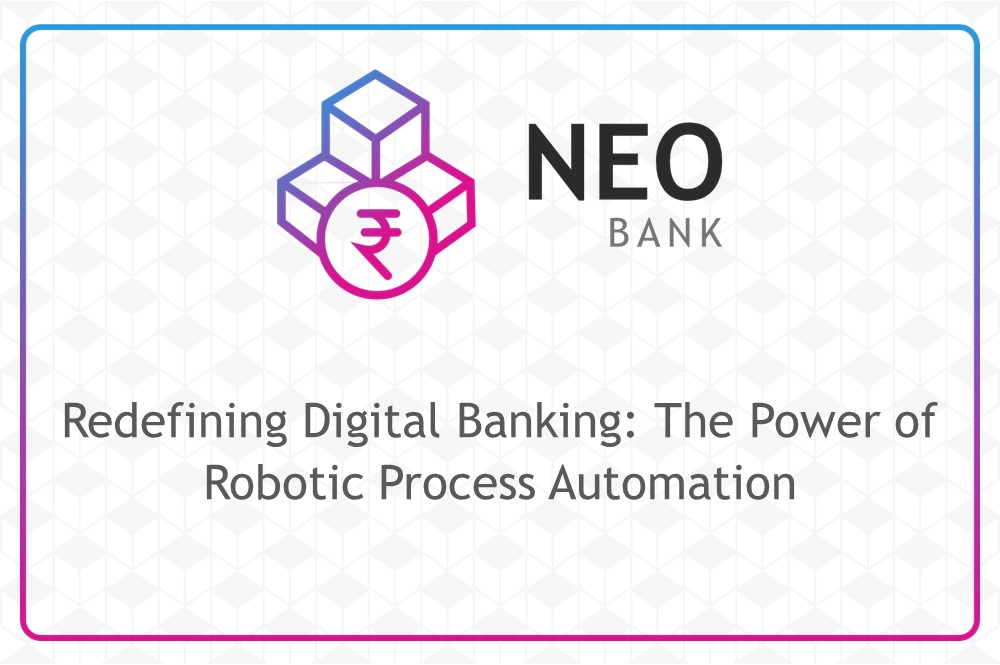Safeguarding Trust: Cybersecurity and Data Privacy in Digital Banking
Jul 30, 2024 - 3 MINS READ

In the rapidly advancing world of digital banking, where transactions occur at the click of a button and personal information is shared online, cybersecurity and data privacy are paramount concerns. Let's delve into the importance of these aspects in ensuring trust and security in digital banking, presented concisely through bullet points:
Cybersecurity Measures:
-
Encryption: Utilizing robust encryption algorithms to protect sensitive data during transmission and storage, ensuring that it remains unreadable to unauthorized parties.
-
Multi-Factor Authentication (MFA): Implementing MFA protocols to add an extra layer of security by requiring users to provide multiple forms of identification before accessing their accounts.
-
Firewalls and Intrusion Detection Systems (IDS): Deploy firewalls and IDS to monitor network traffic, detect suspicious activity, and prevent unauthorized access to banking systems.
-
Regular Security Updates: Ensuring that software and systems are regularly updated with the latest security patches to address vulnerabilities and mitigate potential risks.
-
Employee Training: Providing comprehensive cybersecurity training to employees to raise awareness about common threats, phishing scams, and best practices for safeguarding customer data.
Data Privacy Practices:
-
Compliance with Regulations: Adhering to data privacy regulations such as GDPR, CCPA, and PSD2 to protect customer data and ensure transparency in data handling practices.
-
Data Encryption: Encrypting sensitive customer data at rest and in transit to prevent unauthorized access and maintain confidentiality.
-
Privacy by Design: Incorporating privacy considerations into the design and development of digital banking systems and applications, ensuring that privacy is embedded from the outset.
-
Consent Mechanisms: Implementing clear and transparent consent mechanisms to obtain explicit permission from customers before collecting, processing, or sharing their personal information.
-
Data Retention Policies: Establishing data retention policies to govern the storage and deletion of customer data, minimizing the risk of data breaches and unauthorized access.
Collaboration and Innovation:
-
Collaboration with Industry Partners: Collaborating with industry partners, regulators, and cybersecurity organizations to share threat intelligence, best practices, and insights into emerging cyber threats.
-
Investment in Emerging Technologies: Investing in innovative technologies such as artificial intelligence (AI), machine learning (ML), and blockchain to enhance cybersecurity defenses, detect anomalies, and mitigate risks.
-
Continuous Improvement: Adopting a proactive approach to cybersecurity and data privacy, continuously assessing and improving security measures to stay ahead of evolving threats and regulatory requirements.
In conclusion, cybersecurity and data privacy are essential components of trust and confidence in digital banking. By implementing robust cybersecurity measures, adhering to data privacy regulations, and embracing collaboration and innovation, digital banks can safeguard customer data, protect against cyber threats, and ensure the integrity and security of their banking systems.






